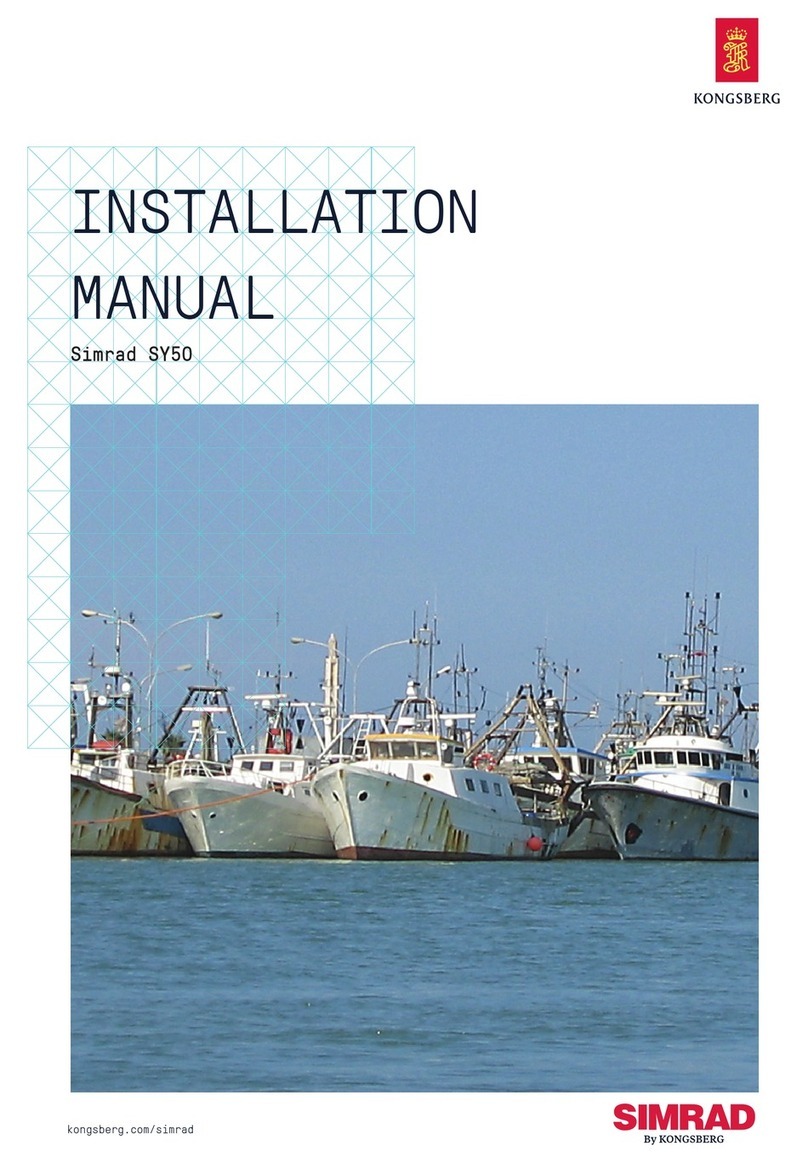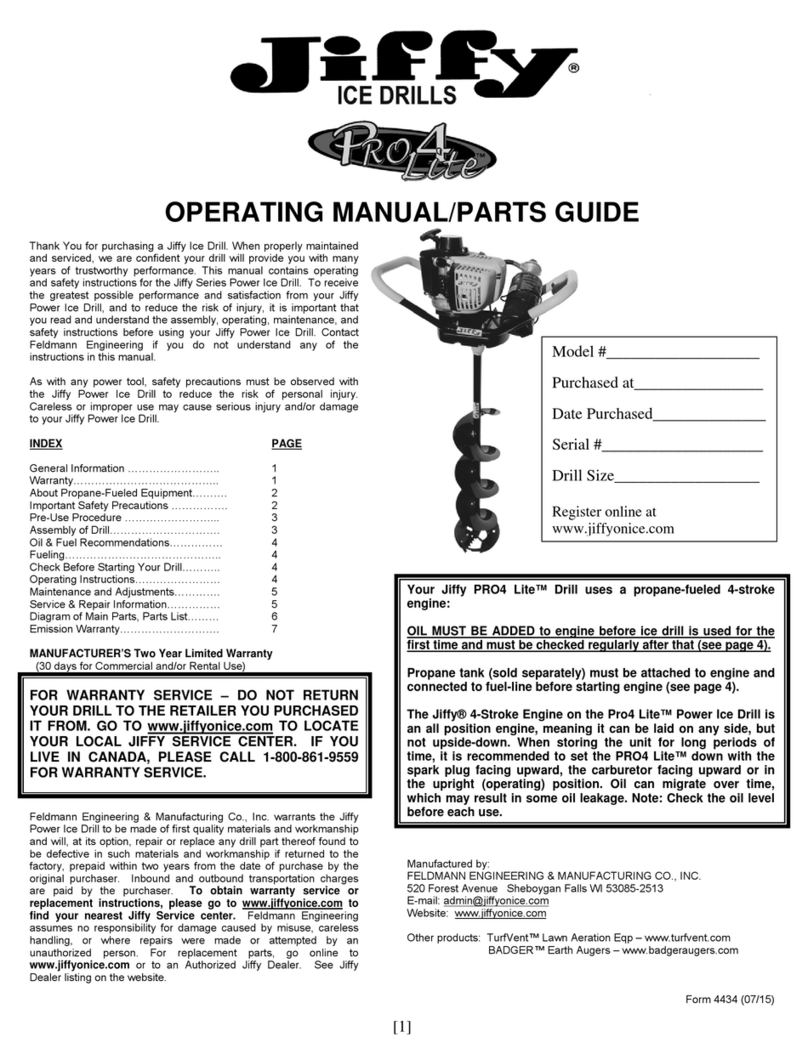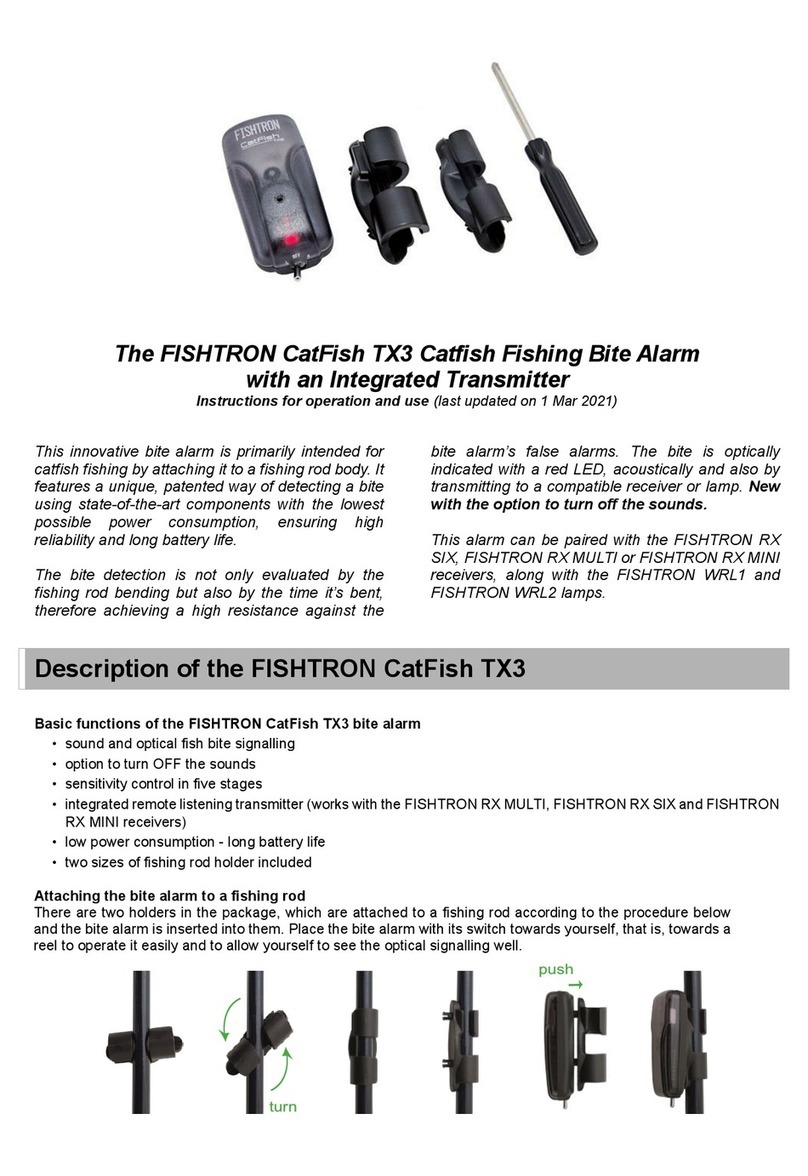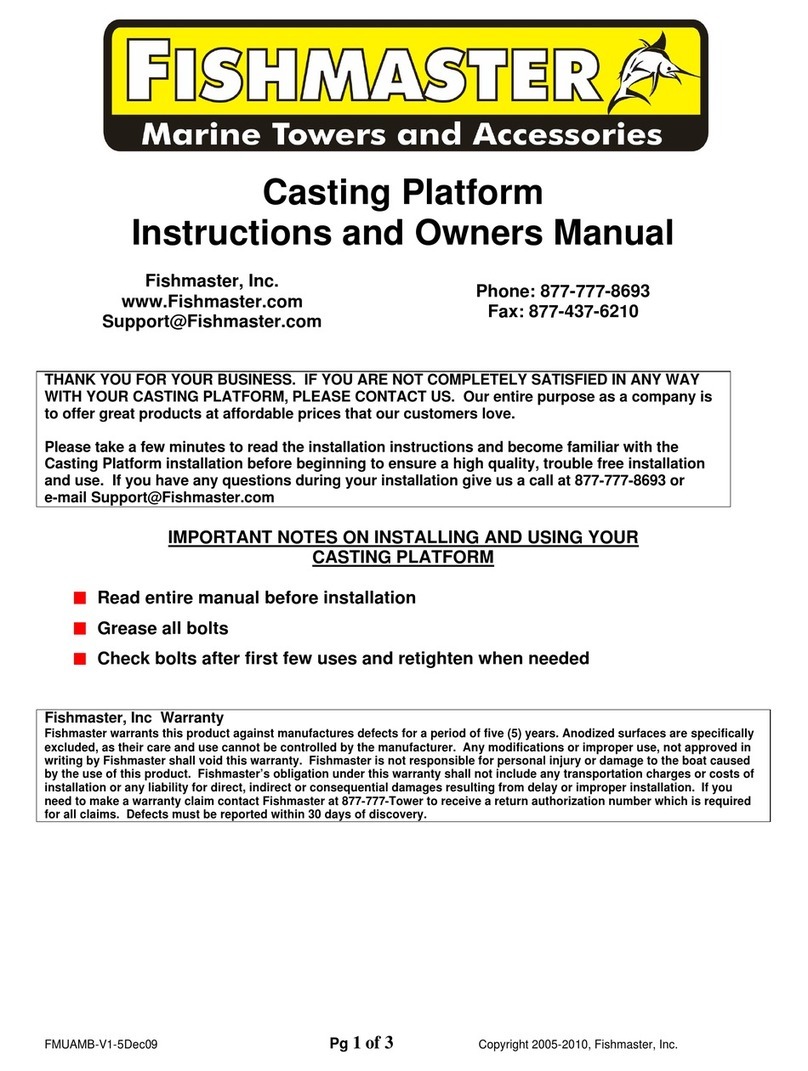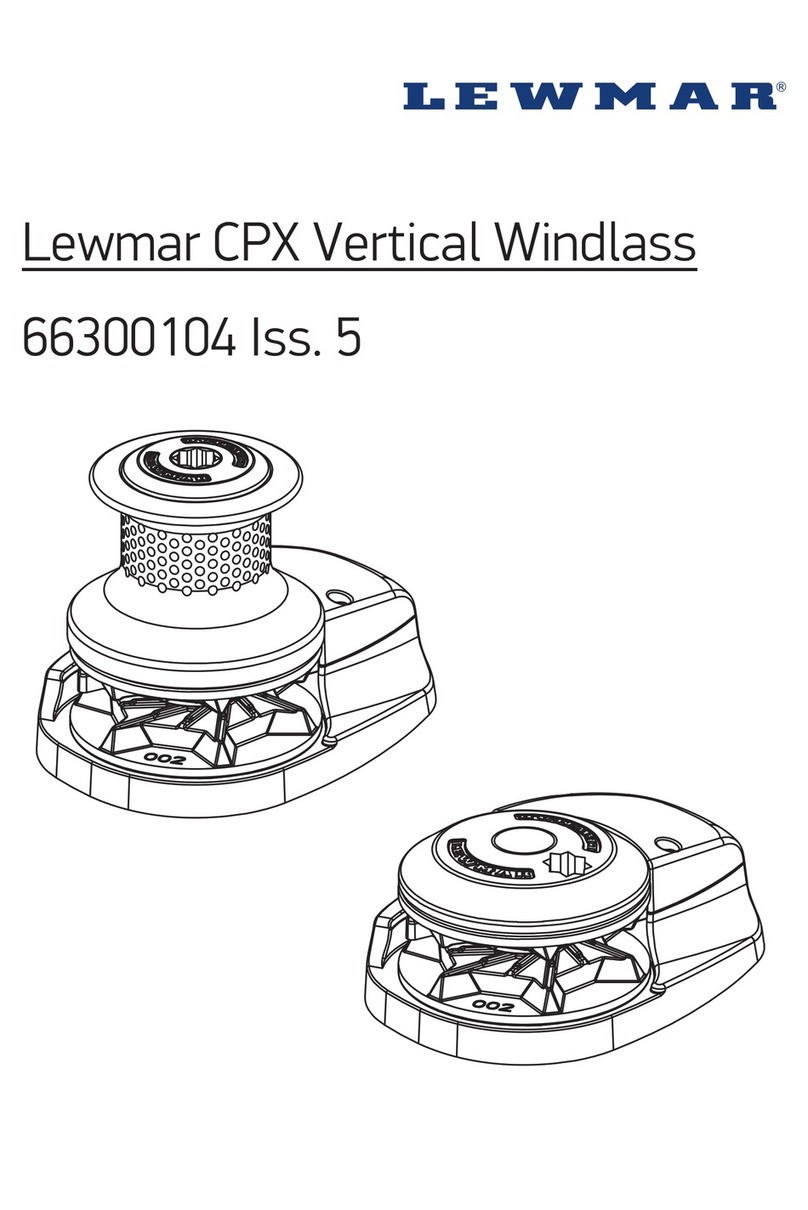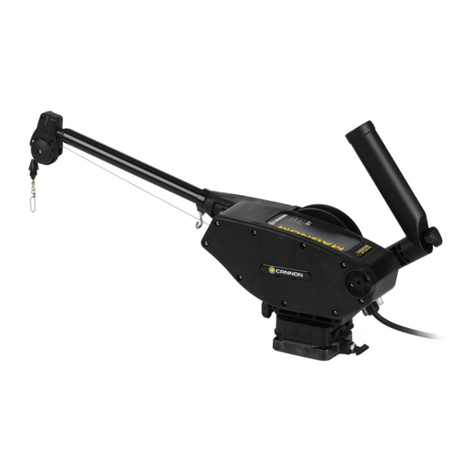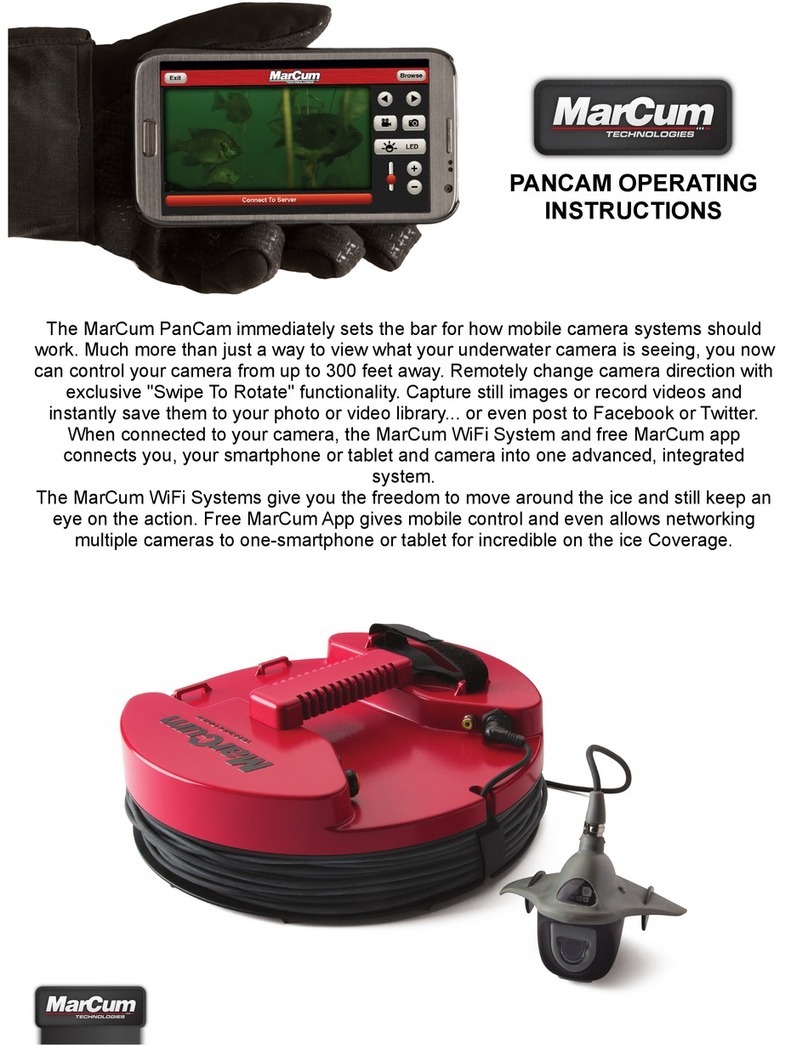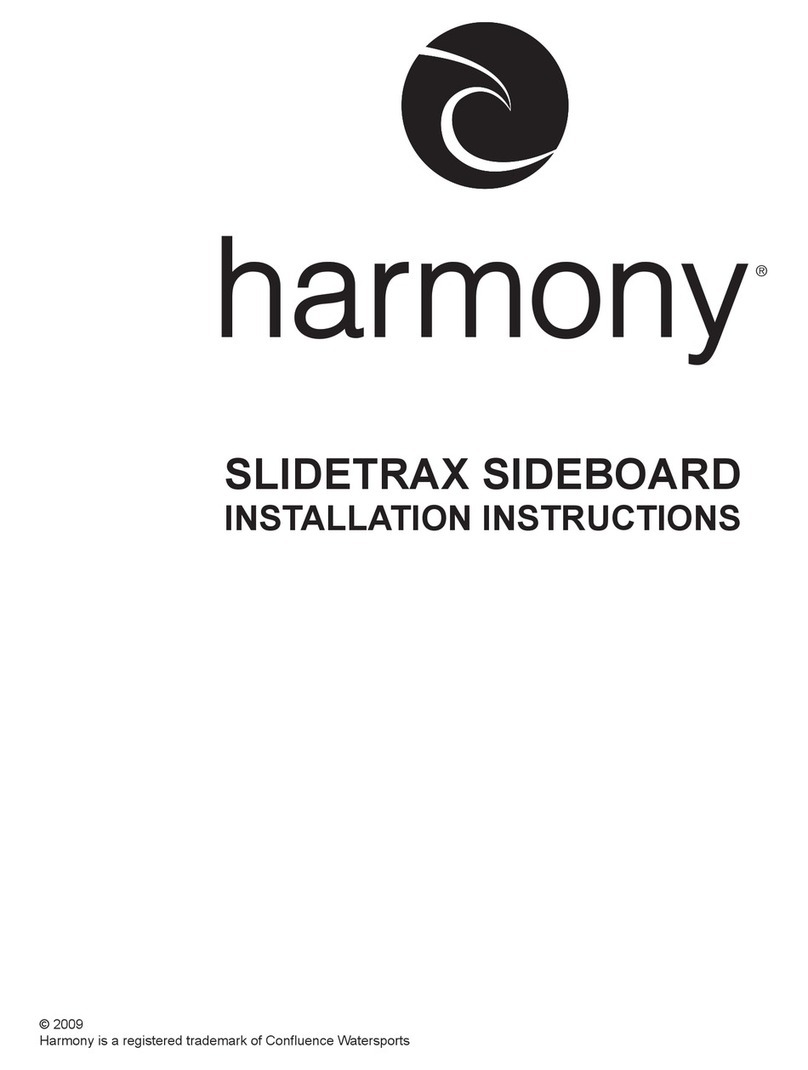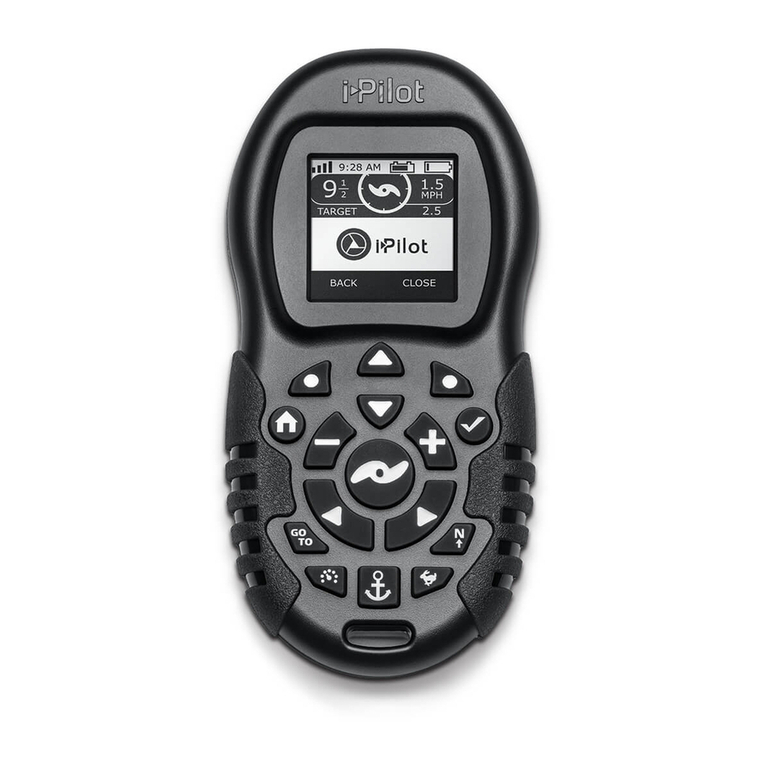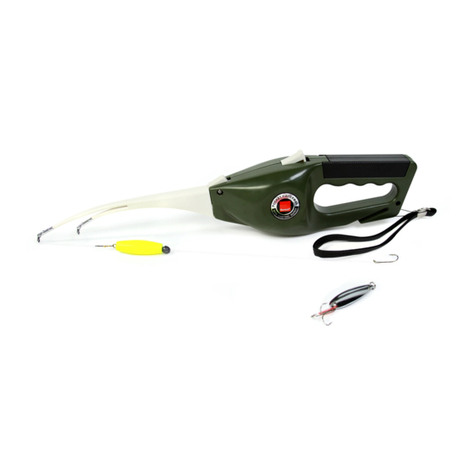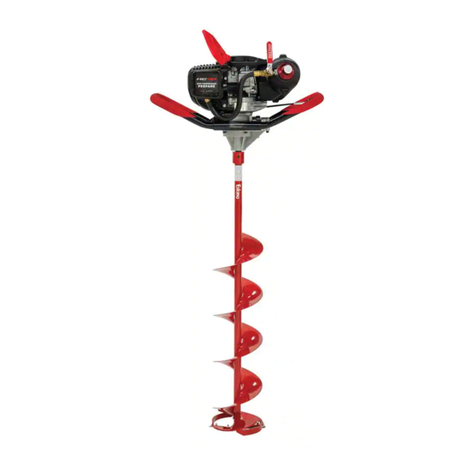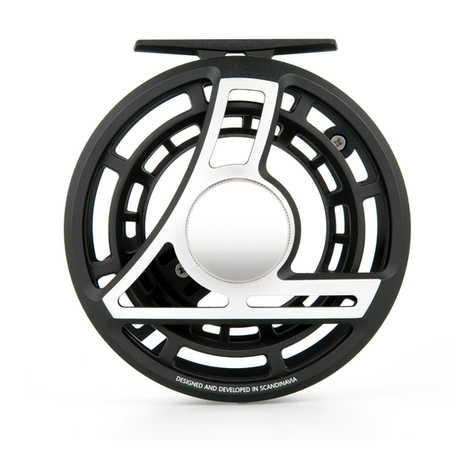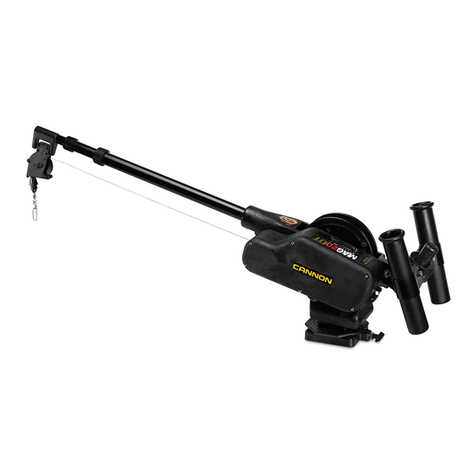
Lewmar Pro-Series/Fish windlass ref B10490 iss.2 | 3
WARNING!
3- Safety Notice
IMPORTANT: Read these notes before continuing.
3.1 Windlass general
At all times it is the responsibility of the boat user to ensure that the anchor and rode are properly stowed for
the prevailing sea conditions. This is particularly important with high-speed powerboats, because an anchor
accidentally deploying while under way can cause considerable damage. An anchor windlass is mounted in the
most exposed position on a vessel and is thus subject to severe atmospheric attack resulting in a possibility of
corrosion in excess of that experienced with most other items of deck equipment. As the windlass may only be
used infrequently, the risk of corrosion is further increased. It is essential that the windlass is regularly exam-
ined, operated and given any necessary maintenance.
Please ensure that you thoroughly understand the operation and safety requirements of the windlass before
commencing the installation. Only persons who are completely familiar with the controls and those who have
been fully made aware of the correct use of the windlass should be allowed to use it. If there is any doubt of how
to install or operate this unit please seek advice from a suitably qualified engineer.
• Windlasses used incorrectly could cause harm to equipment or crew.
• Windlasses should be used with care and treated with respect.
• Boating, like many other activities can be hazardous. Even the correct selection, maintenance and use of
proper equipment cannot eliminate the potential for danger, serious injury or death.
• Lewmar windlasses are designed and supplied for anchor control in marine applications and are not to be
used in conjunction with any other use.
• Keep limbs, fingers, clothing and hair clear of windlass and anchor rope/chain and anchor during operation. Severe
bodily harm would result.
• Ensure there are no swimmers or divers nearby when dropping anchor.
• When the Windlass is not in use the anchor must be tied off onto a cleat or equivalent strong point to prevent
damage to the boat.
• Windlass must not be used as the sole means of securing the anchor to the bow fitting especially under storm
conditions. Anchors should be independently secured to prevent accidental release.
• Classification Societies require that a vessel lying at anchor must have its anchor rope/chain secured to a chain
stopper or other suitable independent strong point.
• A windlass should never be used as a mooring bollard, the anchor rode MUST be secured to a mooring cleat,
chain stopper or other designated strong point. Using the windlass to secure the rode will damage the
windlass.
• Do not use windlass for ANY purpose other than deployment and recovery of anchor.
• Do not wrap chain around a capstan barrel or drum where fitted.
• A circuit breaker/isolator should always be used with this windlass to protect the motor and cables from
overheating and damage.
• Always switch off this windlass at the circuit breaker/isolator when not in use.
• It is the unavoidable responsibility of the owner or master or other responsible party to assess the risk of any
operation on the vessel.
• Windlass must not be operated whilst under the influence of alcohol or drugs.
3.2 Fitting
• This equipment must be installed and operated in accordance with the instructions contained in this manual.
Failure to do so could result in poor product performance, personal injury and/or damage to your boat.
• Consult the boat manufacturer if you have any doubt about the strength or suitability of the mounting
location.
3.3 Electrical
• Make sure you have switched off the power before you start installing this product.
• This product requires installation by a suitably qualified electrical engineer.
